
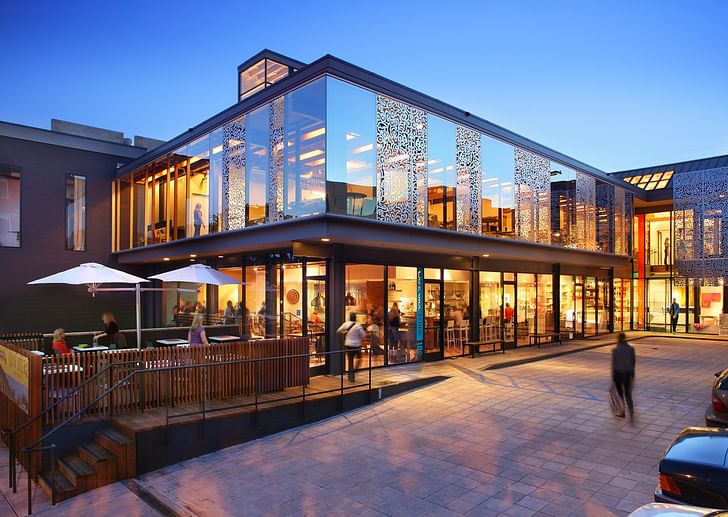
The search for employment is unpredictable and demands unrelenting patience. When you're at your wit's end, it can be tempting to send the same exact resume to what feels like the same job ad over and over again. However, no two firms are identical. Possessing certain technical skills are required across the industry, but there are qualities and seemingly obvious red flags that a firm won't always simply list on their job ad. In Archinect's “How to Get a Job at _____”, we asked some architecture firms how candidates can stand out from the crowd when applying to their practice.
Combining multiple disciplines has remained at the heart of Rios Clementi Hale Studios' design approach ever since the firm started as Rios Associates in 1985. The Los Angeles-based practice was renamed as Rios Clementi Hale Studios in 2003 to incorporate the significant contributions of the firm's partners, associates, and its rich portfolio of projects, many of which are in the Greater LA region.
Be it interior design, branding, or urban planning, Rios Clementi Hale Studios' works include Grand Park in Downtown LA, Austin City Limits in Texas, the Sacramento Downtown Commons renovation, and the firm's own LA office building at 639 Larchmont Boulevard. Principal Jennifer Schab and Human Resources Manager and Associate Camilla Gaisie took a moment with Archinect to share what the practice looks for in its most promising job candidates.

1. What positions are most in-demand at your firm?
We are primarily looking for intermediate architects, landscape architects, and interior designers. We prefer those with 3-5 years of experience.
2. What are the three most important qualities for any new hire to have at your firm?
We look for strong design skills along with excellent technical and presentation skills. We appreciate some knowledge of, and interest in, our multi-disciplinary design approach and office culture.
3. What information do you expect potential candidates to know about your firm's practice and work?
We expect candidates to be familiar with some of our local work in Los Angeles and understand that we are a multi-disciplinary practice. It’s important that candidates have some general awareness and familiarity with the contemporary design practice and community in Los Angeles, as it helps to understand a candidate’s level of engagement and interest as a designer.
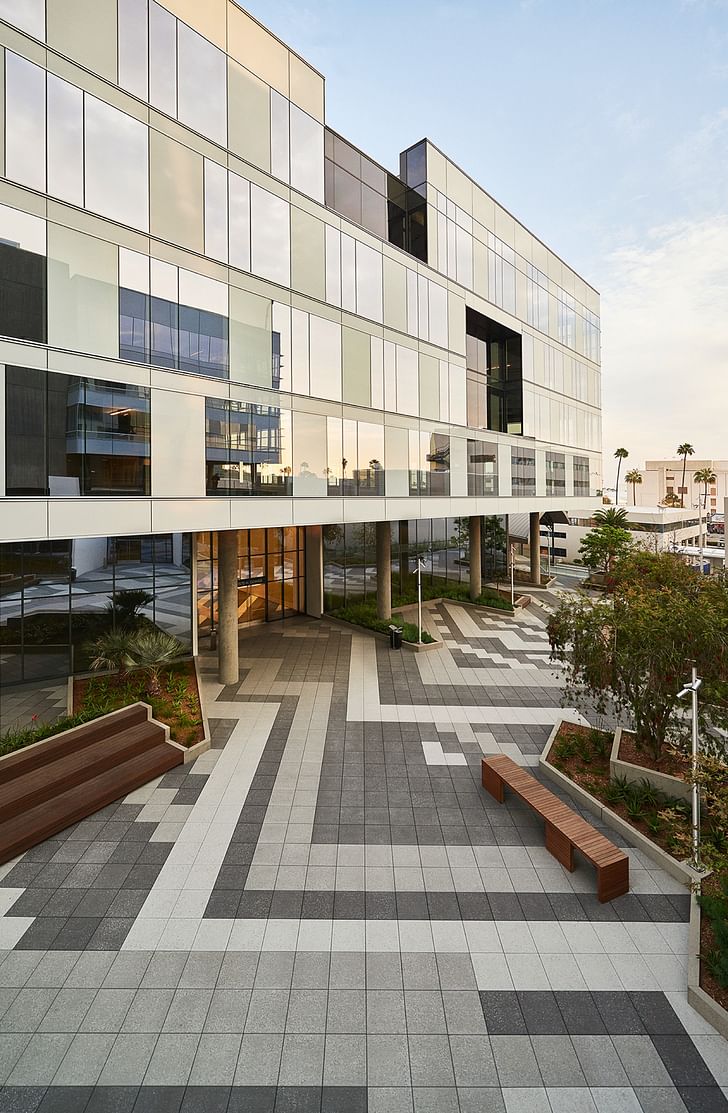

4. After reviewing their CV, what are you looking to learn about an applicant from an interview?
The interview is an opportunity to gain insight into how a candidate approaches design and explains their process. We are evaluating a candidate’s ability to both represent and articulate their design work, experience, and expertise. We‘re also looking to build diversity and find a good cultural fit.
The interview is an opportunity to gain insight into how a candidate approaches design and explains their process.
5. What do you say is the best thing about working for your firm? What is the most challenging thing?
The office works like a big studio. Staff at all levels have an opportunity, and are encouraged, to participate in design. Collaboration, pin-ups, and informal and formal critiques shape the design process. Those with initiative do best here; we are the opposite of a top-down practice. Staff are encouraged to think beyond a given task to advance a project’s design and production. Everyone works on more than one project and are required to manage their time, since our work is largely deadline driven and in phases of production toward construction.
The best thing about our firm is that we provide opportunity for growth and exposure across many different scales, project types, and design disciplines. The challenging aspect is finding design focus and developing one or a few specific areas of expertise.
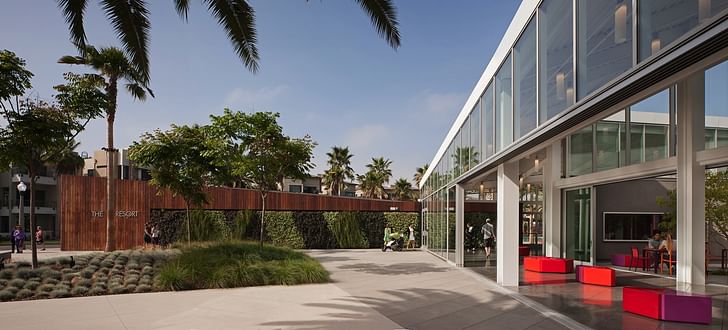
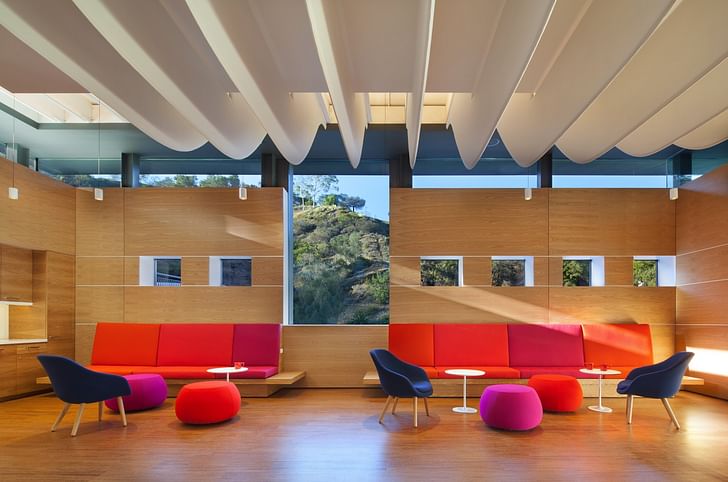
6. What are some immediate “red flags” for you in applications?
Some red flags include: typos, an under-designed cover letter/CV, and too many jobs in a short period of time.
7. What’s the most common mistake candidates make when applying to work with you?
Aside from the “red flags” listed above, we advise applicants to design their portfolio and presentation to demonstrate their best skills. Too many projects or pages can show lack of editorial skill. Always bring at least one hard copy of your resume to the interview. An iPad is not an acceptable means of a portfolio presentation. For digital presentations, candidates should be prepared to use our conference room monitors.
8. What kind of technical skills are absolutely essential for applicants?
It’s essential for applicants to know Revit, Rhino, AutoCAD, Adobe Creative Suite, SketchUp and rendering software.
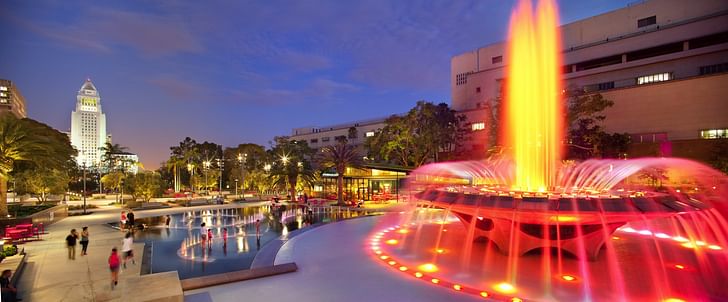
9. What kind of training do new hires undergo when they’re first starting?
New hires are trained in office protocols, filing, time cards, etc. They’re also assigned an “office buddy” to help answer questions and provide support on day-to-day tasks and needs.
10. Do you have an internship program? If so, briefly describe.
We hire up to four interns from different disciplines (landscape, architecture, interiors, product design, graphics, etc.) for a 10-week paid summer internship. Tasks during the internship will include project work presentation, drawings, and preparation of award submissions. Each summer we organize a set of site visits and tours to introduce interns to field work and fabrication. We also use interns to focus on a specific research topic or competition that can vary from year to year.

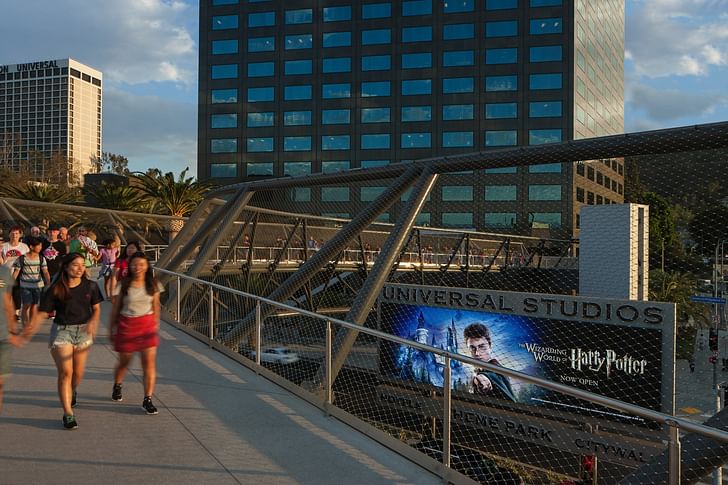
11. What are three words that your employees might use to describe your firm?
Multi-disciplinary, creative, and fun are the words used by our staff to describe our office.
12. When interviewing, how do you describe your company ethos? What part of your working environment do you promote with potential candidates?
We’d point out that we are not only collaborating with each other in the office, but we are also, and most importantly, collaborating with our clients and consultants. We care about creating design solutions that are responsive and expressive of the needs and desires of our clients. We talk a lot about storytelling as a way of crafting a narrative for a project that incorporates place and context. We also explain that no two projects look alike. We are not interested in a homogeneous design aesthetic or practice, but in one that finds and celebrates differences among projects and among our designers. Our design solutions look for ways to identify and emphasize the unique aspects of each project.
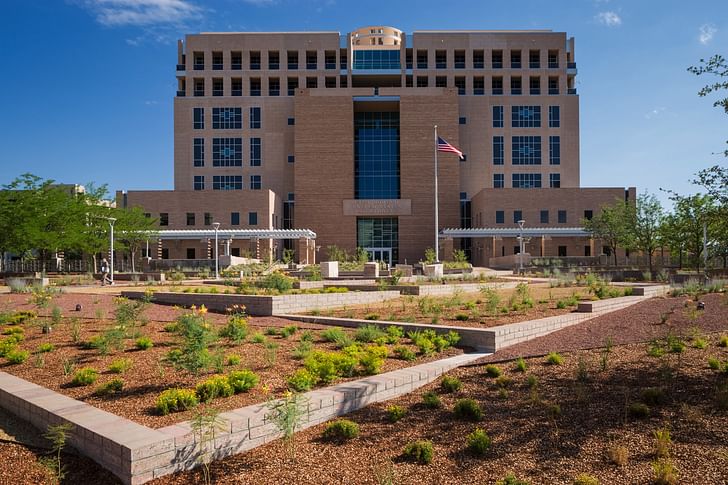
13. What additional social activities do you do as an office?
Monday Morning Meetings are an opportunity for the entire office to meet and learn about what others are doing, and review the week’s deadlines. Reading the meeting agenda can become an opportunity to speak-up in front of our group. The meeting also features presentations by junior staff members on topics, such as the “Project of the Week,” “Plant of the Week,” or “Lessons Learned.” These presentations often find their way into our blog posts.
Fridays@5 is another event created to help employees stay connected and continuously add to their breadth of knowledge and interests in the office. We invite special guests (suggested by staff members) from the design community to share their insights and expertise with everyone.
Another activity is a design open forum. This is an opportunity for everyone to provide feedback, learn, and collaborate with each other on a project currently in design. We also host workshops for employees to share their outside interests with the office. For example, the last few workshops included macramé-making and water-color classes.
Also, in the same effort to encourage and add to our employees’ interests and repertoire, we host a happy hour on the last Friday of the month for staff to share what they’ve learned through educational opportunity funds allotted to every employee.
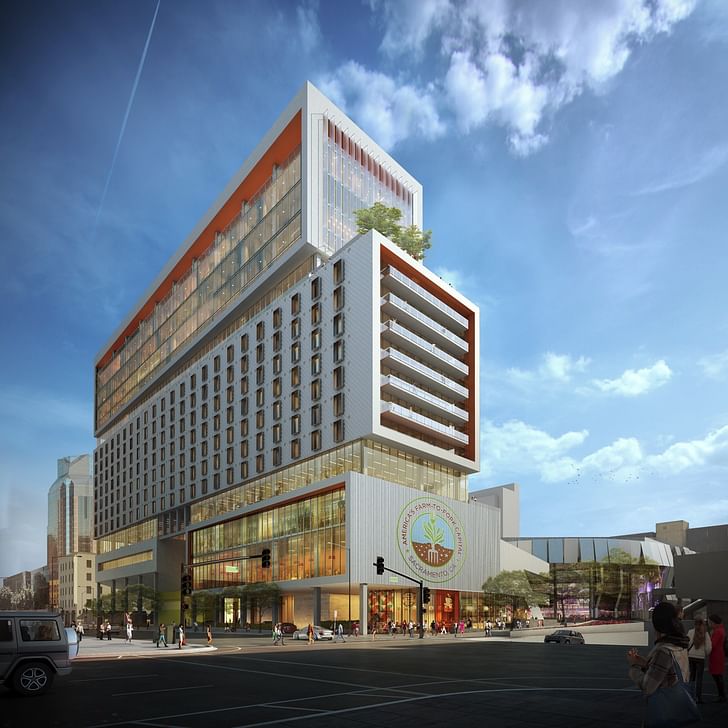
14. If a candidate had the choice between you and another firm, what argument would you use to win them over?
The office is structured to align opportunities for staff in areas that they’re most interested in pursuing. We work against compartmentalizing. We provide opportunities and encourage participation in office organization and culture through mentorship, staffing clusters, committees, research, and presentation opportunities. Professional development is encouraged and valued, including support for licensure, membership and participation in organizations, and flexibility to participate in academic institutions. Performance check-ins and reviews occur throughout the year to provide staff with feedback and guidance while allowing for open communication. This is a busy office with many deadlines to juggle while managing a balanced work/life. We do what’s necessary to meet our deadlines and our client’s needs, but we also respect our personal time and schedules.
Interested in joining Rios Clementi Hale Studios? Check out their Archinect profile to see if they have any current listings. To see more active listings from hundreds of firms, browse Archinect's Job Board.
No Comments
Block this user
Are you sure you want to block this user and hide all related comments throughout the site?
Archinect
This is your first comment on Archinect. Your comment will be visible once approved.